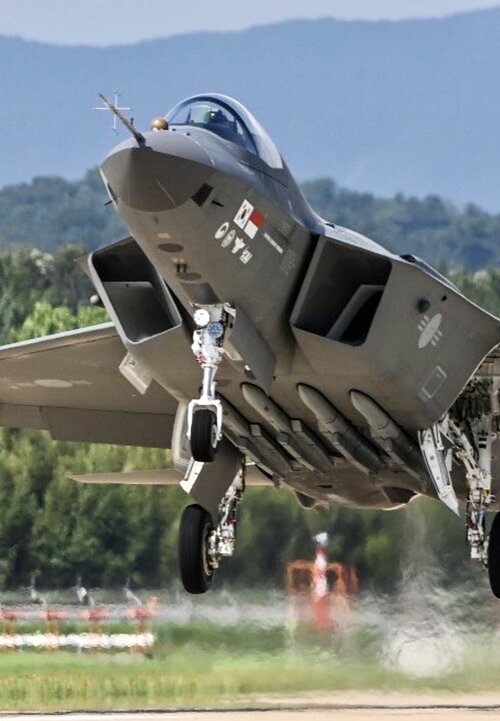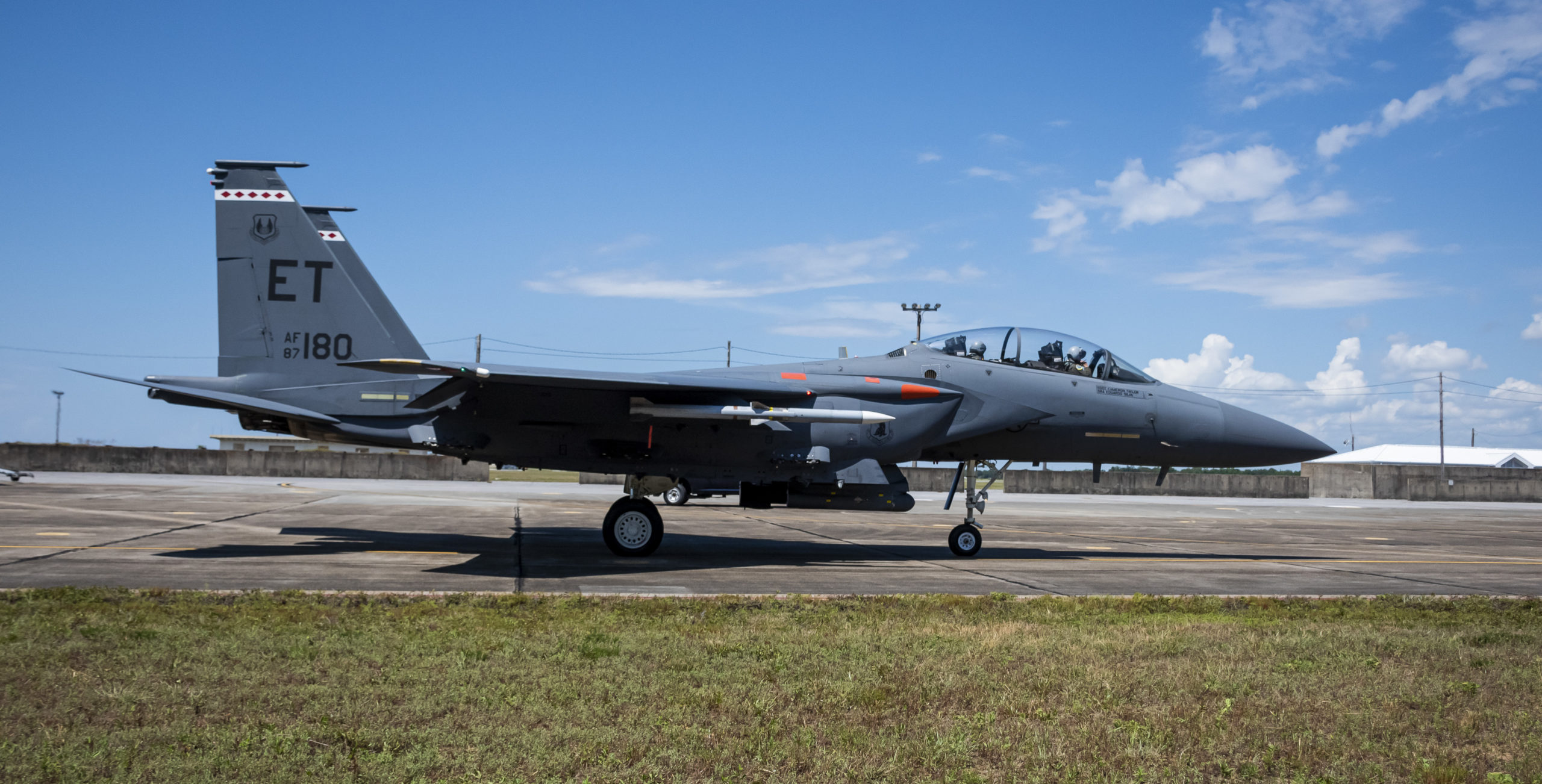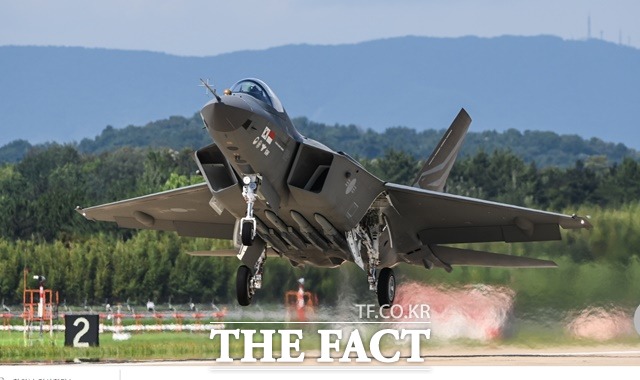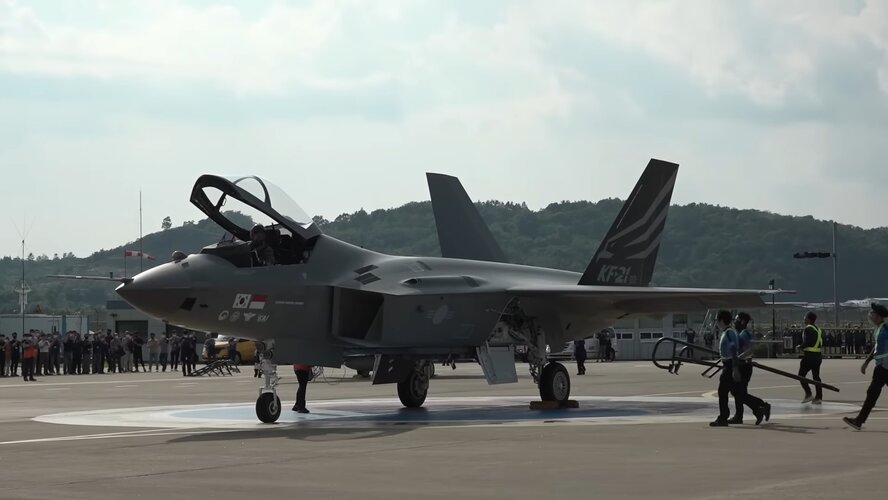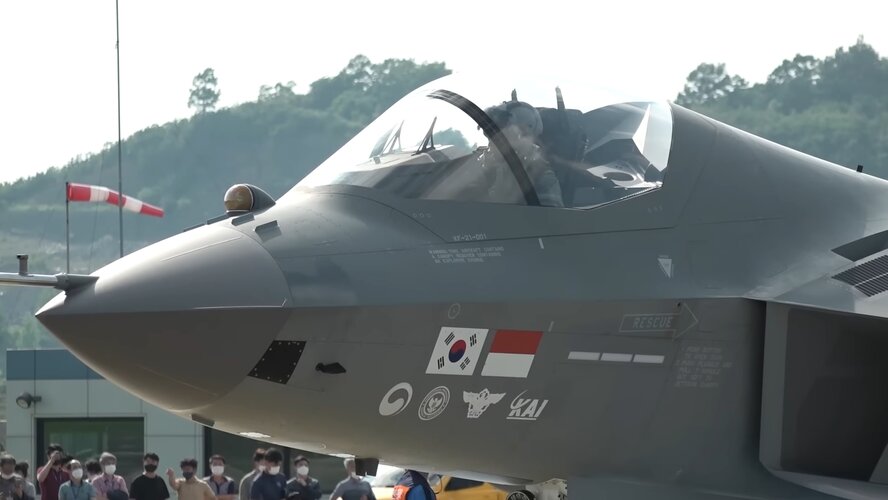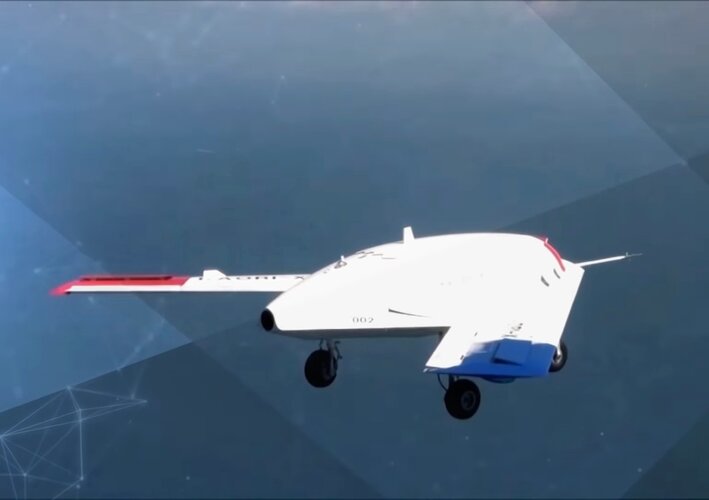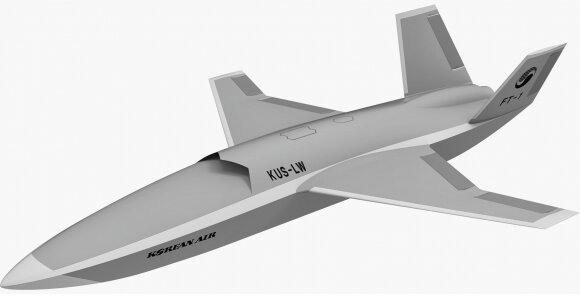Moving the thread since it's more appropriate here.
While i don't read Korean, isn't it reasonably safe to assume that KFX will aim for the same fusion/interlinking standards?
They were industry-leading half a decade ago when F-35 was entering service, but now they're becoming pretty much standard.
While they are by no means simple - there is no technomagic there, neither in soft- nor in hardware.
I simply doubt a new late 2020s fighter from a country without hard technical limitations will come out without it.
The difference between KF-21 TDL and data fusion capabilities compared to other 4.5th gen fighters in their latest versions between late 20s and early 30s comes down to two things : One is the data link terminal it is going to use (MIDS JTRS) and the other is the Korean goals on data integration depth.
Firstly, I am by no means trying to argue that MIDS JTRS is a lacking system, but quite the opposite. It is THE standard when it comes to modern airborne comms/data link SDR with its variety of features and waveforms. The biggest problem is that we don't know if the Koreans are planning to implement CMN-4 model or TTNT model, but it seems very likely that they would go with CMN-4(reason I'll explain below). Other problems are its interoperability with Korean waveforms and integration of future Korean waveforms into the system. So if they are not acquiring TTNT capabilities, they are going to be limited to Link-16 for quite a while, which is a great TDL, but lacks several technical aspects when compared to dedicated intra-flight TDLs like the MADL or TIDLS.
They are currently developing the second gen JTDLS, a Korean MIDS/EMIDS/CONTACT equivalent system. It is (probably a SCA based SDR system and is) going to be fitted with the Korean Link K and KVMF, as well as have interoperability with Link-16 and 22, just like the European ESSOR based terminals. Problem is, firstly, this system is not going to be ready any sooner than 2026 and secondly, there are currently no plans to develop a dedicated intra-flight data link waveform OFP for this system since the priorities lies on integrating other waveforms as mentioned above (though I should note that there's a similar development with reagrds to MUM-T and the necessary CDL in work. Underlying technologies are also under research but the problem is how and when exactly this is gointg to be implemented).
TTNT is also not being mentioned as a planned waveform and frankly, I doubt that the US would allow foreign countries to integrate TTNT with their own terminals in the first place. Due to such reasons, I highly doubt that Korea would acquire TTNT capabilities at all, at least in the mid-term.
So, be it with MIDS JTRS or with JTDLS, the KF-21 will not be equipped with dedicated intra-flight TDL, at least until mid 30s or in other words, for the first 10 or so years in service.
Rafale on the other hand will be fitted with FO3D. From what I've heard, it's also directional and is high-throughput, low latency system. Quite a significant difference.
Talking about data fusion itself, KF-21 and other 4.5th gens, or more specifically the newest Eurocanard variants like the Tranche 4/5 or Standard F4 and MS21(?) are all working on an object assessment level. Now the question is in which depth. KF-21 fuses its data on a individual unit basis. It processess its signals/data from onboard sensors and the track it receives from Link-16. Then it shares the improved track on Link-16 and the cycle continues. The problem is that Link-16 has a 12 sec. time frame and therefore the latency and shared track quality is not suitable to fuse the shared data into a single unified air space picture amongst flight-members.
Eurocanrds on the other hand does this differently. Gripen for example has a separate radio terminal(TARAS) apart from the MIDS and conducts intra-flight data linking(TIDLS) and fusing on the basis of said platform. The Swedes are planning to upgrade this capability on the next version of Gripen, which I think will probably be called the Vs or MS21. Rafale currently works with Link-16 but as I've said, will obtain a dedicated intra-flight TDL and an improved TRAGEDAC system to fuse and create unified airspace picture/track. I wasn't able to find much with reagrds to the Eurofighter, but at least the operators apart from Britain will fit their Eurofighters with F-EMIDS that has a dedicated waveform (IFDLWF) for the aforementioned purposes. It is not hard to imagine that they would also be fitted with flight-level data fusion capabilities. The British Eurofighters are a bit out in blue, but I presume they are also planning on comparable capabilities. Else, they could be pursuing similar paths as to the US (focusing on 5th gen to 4th gen connectivity with gateway platforms, eg. Freedom 550 fitted relay aircrafts) since they are going to operate a vast amount of F-35Bs and is the only tier-1 partner in JSF.
So overall, maybe to your surprise, there are a few known "obsolescences" of KF-21 avionics when compared to other 4.5th gen fighters. Obviously, there are also a few fields in which the KF-21 excels when compared to other 4.5th gen aircrafts, as I've mentioned in my last post, which is the reason I think that KF-21 is going to be largely comparable/equivalent to other 4.5th gen fighters.

